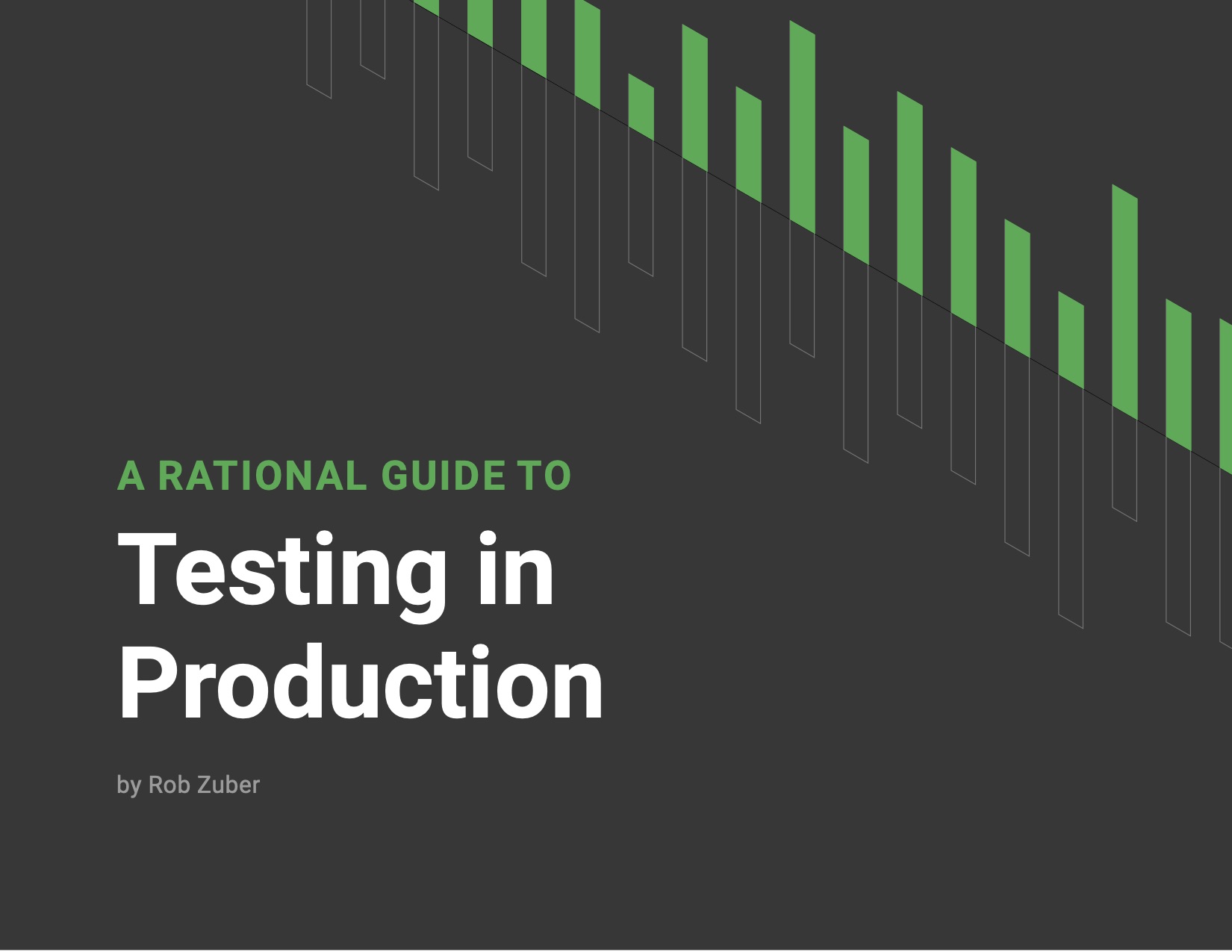A Rational Guide to Testing in Production
The concept of 'testing in production' has started to become an increasingly viable methodology and a tool for teams to use in their validation process - but what does it really mean to test in production? And what does it cost to do it well? In this ebook, CircleCI CTO Rob Zuber will explore these questions and other topics like:
- The impact of downtime on users vs. the cost of thorough validation
- Types of tooling that can reduce both downtime and the cost of testing
- How to identify the inflection point for pre-production vs. in-production validation

